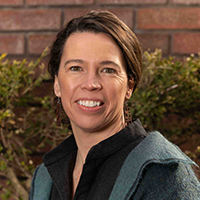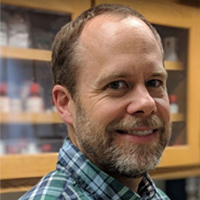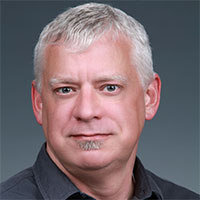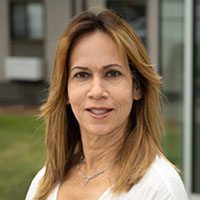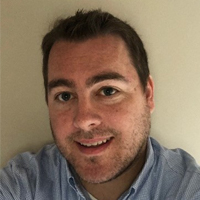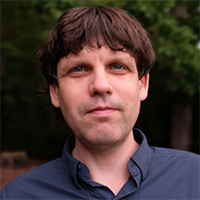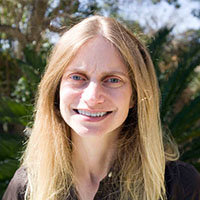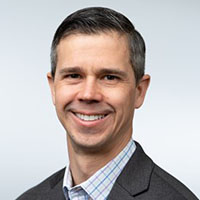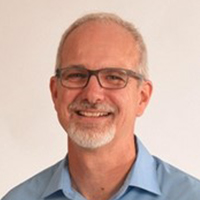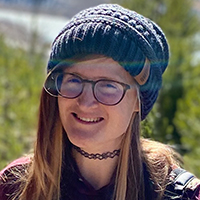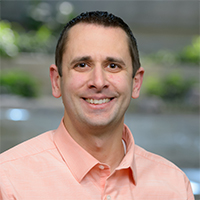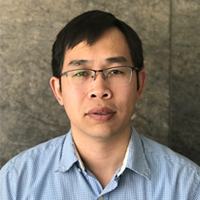Role
- Professor and lab director, Storm Peak Laboratory, University of Utah
Education
- PhD, Atmospheric and Oceanic Sciences, University of Colorado Boulder, 2003
- MS, Atmospheric and Oceanic Sciences, University of Colorado Boulder, 2001
- BA, Physics, Truman State University, 1999
Research Interests
Our research group uses high-quality measurements of aerosol physical and chemical properties, trace gases, and cloud microphysics to understand connections between the atmosphere, biosphere, and climate, along with the impact of anthropogenic emissions on these connections. Via this work, we study the meteorology of air quality, specifically integrating theory and observations of meteorological phenomena on spatial scales ranging from mesoscale to synoptic.
Professional Experience
I attended a very small rural high school in central Missouri, where I was inspired by the beauty of math, through a physics class provided by the University of Oklahoma on a videocassette recorder. I also discovered my love of the mountains and skiing via a few family trips to Colorado in high school. I then attended a liberal arts college in northern Missouri, Truman State University, and completed a bachelor’s degree in physics. During college, I also had an internship at the National Weather Service office near my childhood farm and really only enjoyed fixing the broken equipment. These experiences led me to the University of Colorado, where I received my MS and PhD in atmospheric sciences. During my graduate work, I took atmospheric measurements around the world, including a winter experience in Antarctica. After graduate school, I accepted a postdoctoral research position as a National Research Council Fellow at NASA Ames in California. In this position, I traveled to a remote island in the Indian Ocean to study air pollution. I then joined the Desert Research Institute as director of Storm Peak Laboratory, a high-elevation atmospheric science laboratory in Steamboat Springs, Colorado. Storm Peak Laboratory has undergone major changes under my leadership over the last 15 years, including new instrumentation, new research foci, new field courses, and a significant building expansion. I am now a professor of atmospheric science at the University of Utah, where I lead the Hallar Aerosol Research Team (HART). My path has been possible due to two strong mentors, Dr. Maria Di Stefano at Truman State and Dr. Linnea Avallone at the University of Colorado. I am the mother of three children, Snow (7) and Rio (6), and the stepmom to Ocean (22), and happily married to my partner in life and research, Ian McCubbin.


